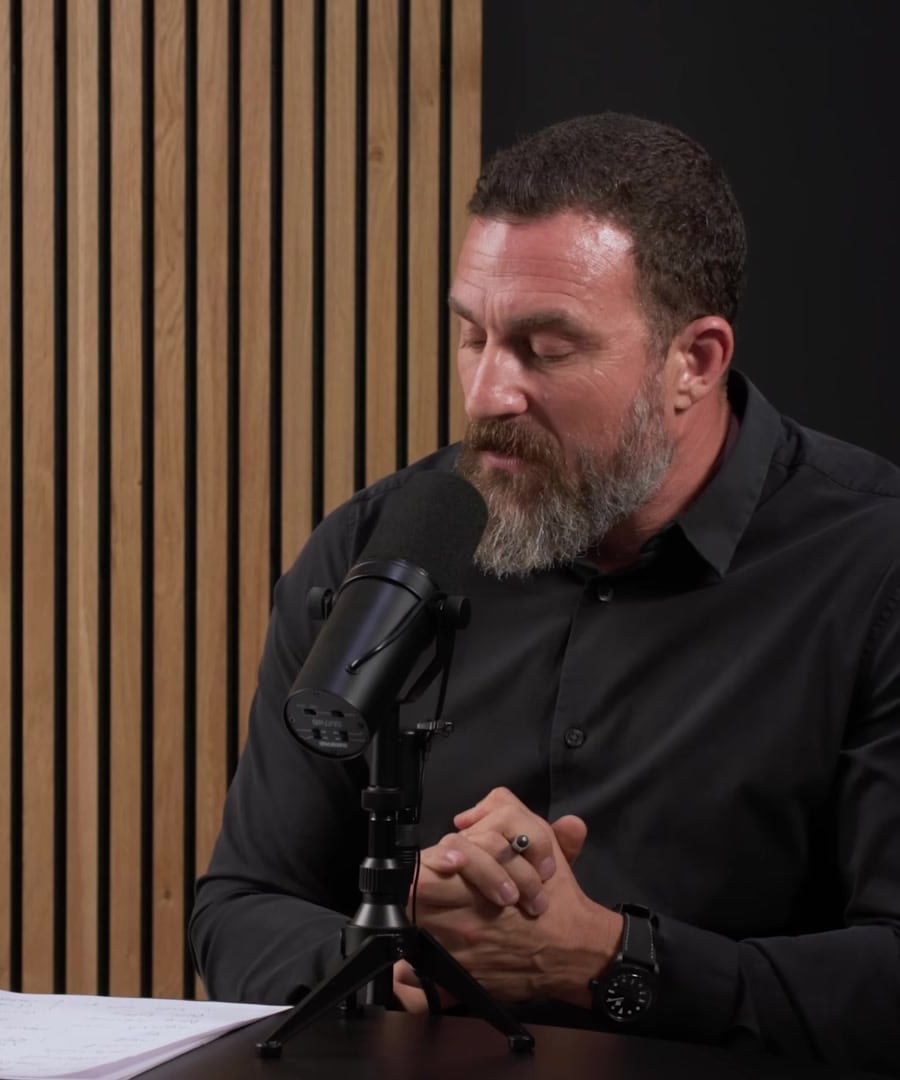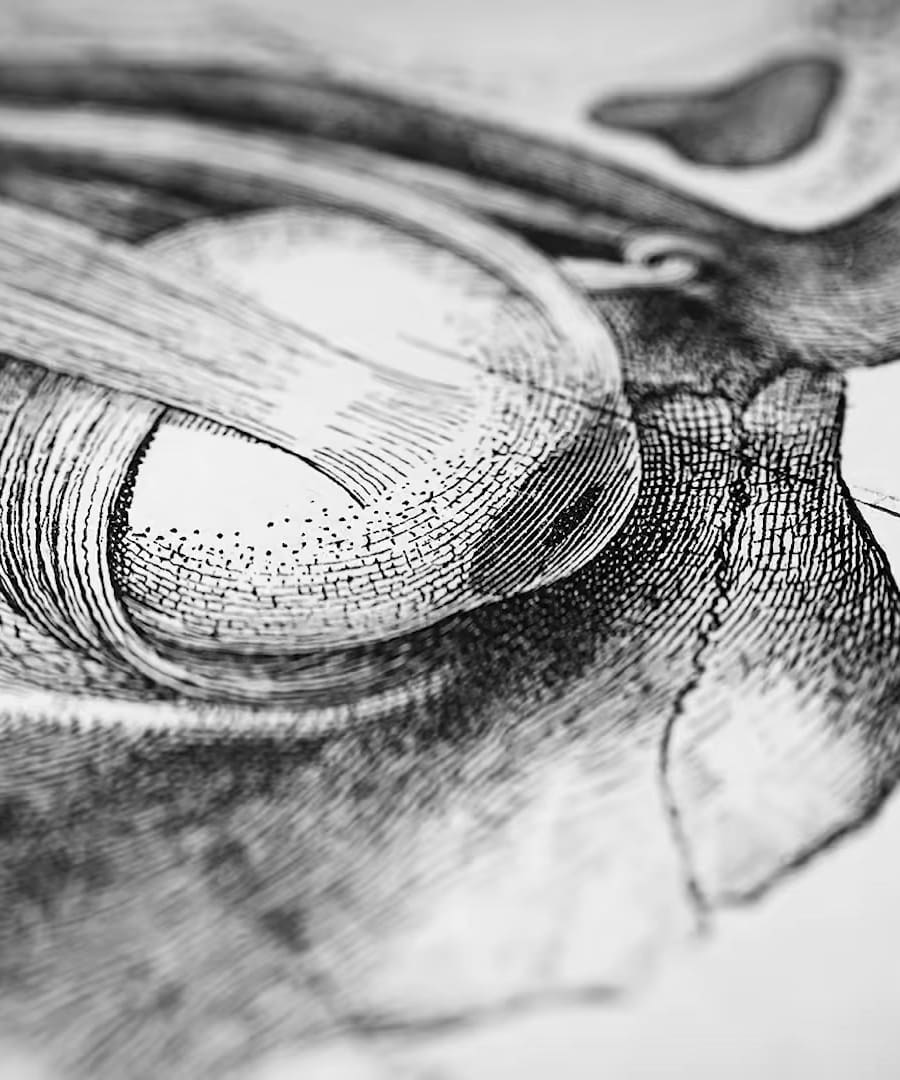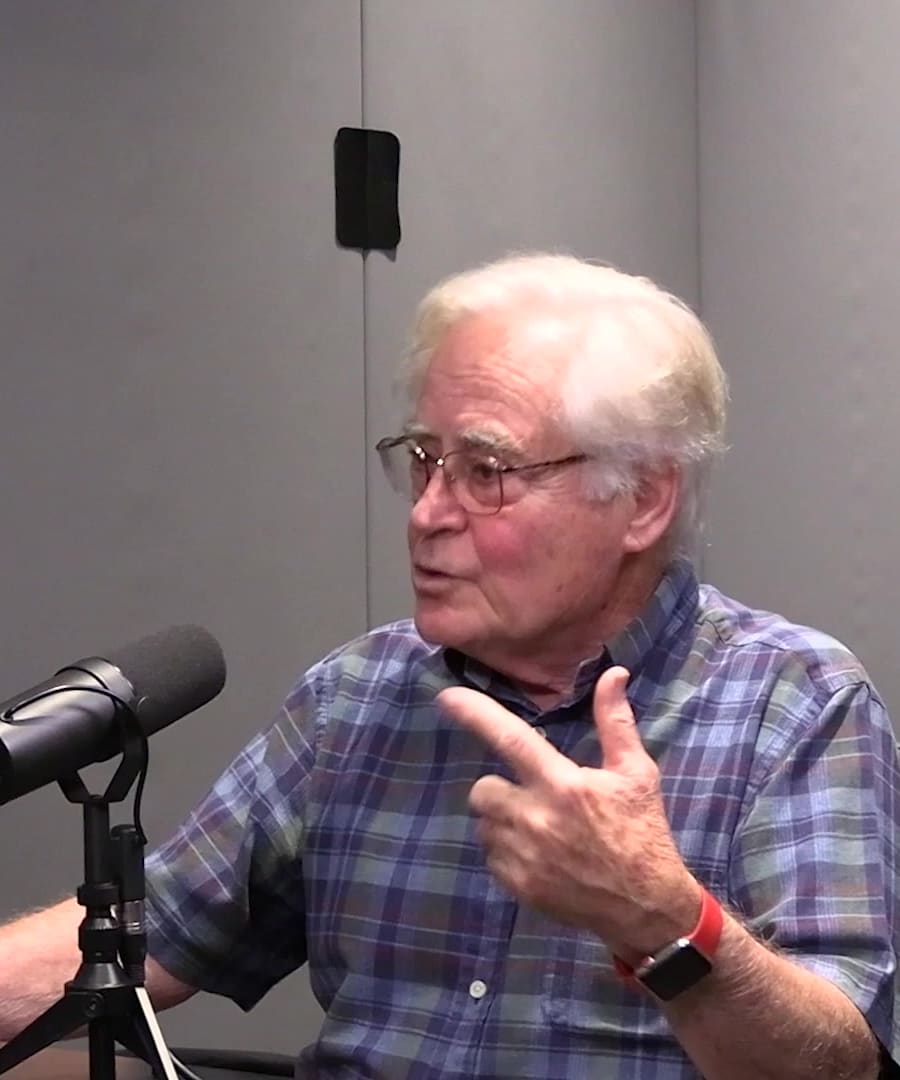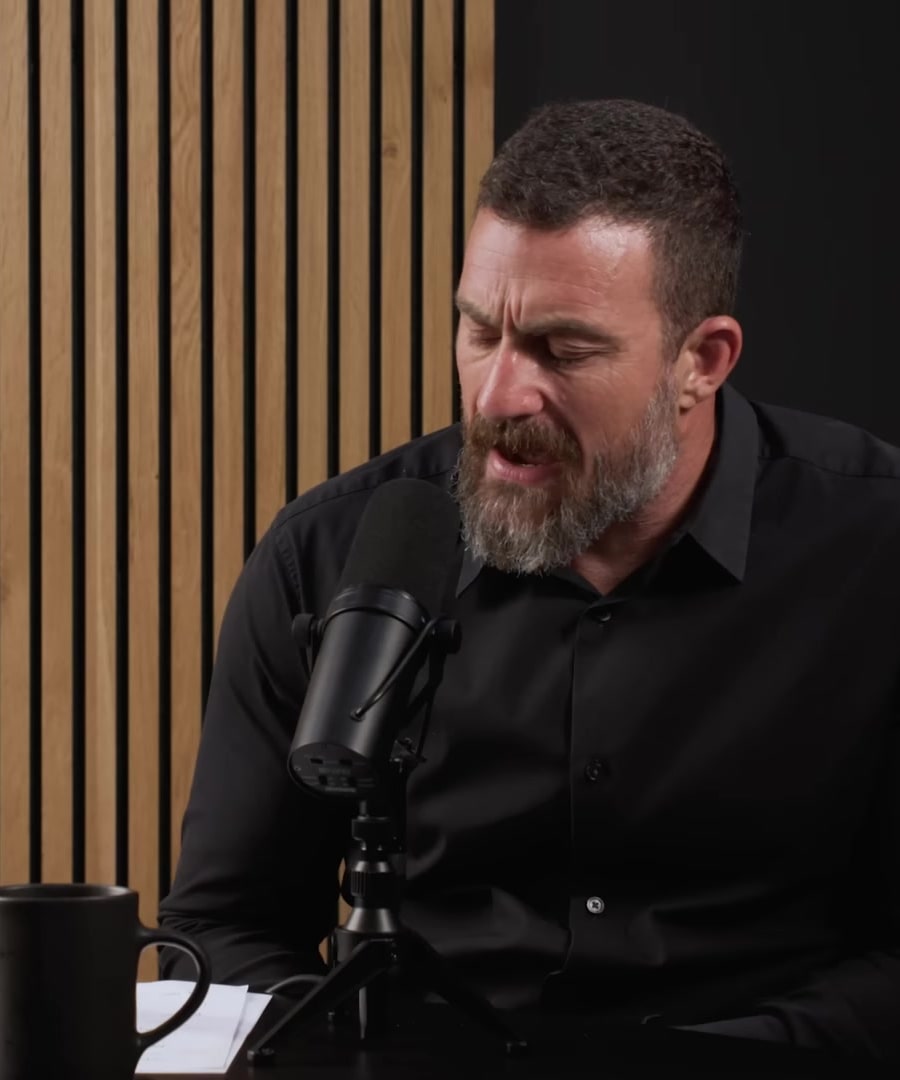Cold therapy
Sources:
Cold therapy has several benefits and applications, as discussed by in various episodes of the . Here are some key insights:
-
Mental and Physical Benefits: Cold exposure can enhance mental alertness and mood, partly due to increased dopamine levels, and can aid in physical recovery by reducing inflammation and slowing nerve signaling 1 2.
-
Practical Application: Effective cold therapy doesn't always require extreme cold. It's recommended to use temperatures that are uncomfortable but safe, such as via cold showers or moderate plunges. This can be more accessible and beneficial for mental and physical health improvements 1 2.
-
Recovery and Performance: Cold exposure can hinder muscle growth when used immediately after strength training due to its anti-inflammatory effects, which block some necessary inflammation for muscle hypertrophy. However, it's useful for increasing mental resilience and managing inflammation generally 3 4.
-
Specific Cooling Strategies: For effective cooling, especially after exercise, targeting specific areas like the palms, soles of feet, and face can be more beneficial than full body immersion, as these areas more effectively regulate core body temperature 5 6.
-
Neurological Protection: Cooling techniques are also being studied for their potential in providing neuroprotection, such as during or after strokes and cardiac events, although applications for certain conditions remain under investigation 7.
Overall, cold therapy is a low-cost intervention that can be strategically used for enhancing alertness, mood, and health if integrated correctly into your routine.
RELATED QUESTIONS-
Cold therapy
- RELATED QUESTIONS






